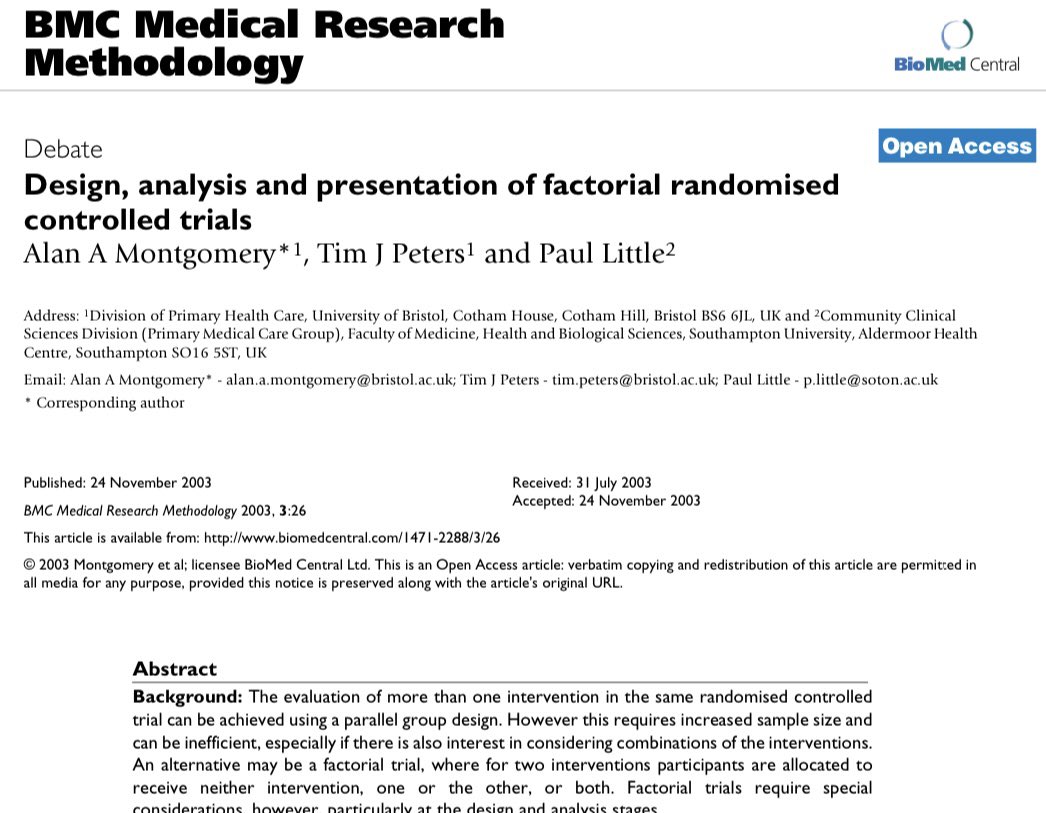The first step in a clinical trial is deciding the #ResearchQuestion. Knowing which question is most important to focus on may not be clear cut. An interesting paper was recently published which developed a tool to rank the importance of research questions 1/7
#MethodologyMonday
#MethodologyMonday
This tool was developed for the musculo-skeletal field (ANZMUSC-RQIT), but the concepts are highly likely to be transferable to other fields 2/7
journals.plos.org/plosone/articl…
journals.plos.org/plosone/articl…

The tool identified 5 domains to be ranked:1) extent of stakeholder consensus, 2) social burden of health condition, 3) patient burden of health condition, 4) anticipated effectiveness of proposed intervention, and 5) extent to which health equity is addressed by the research 3/7 

Each domain is then rated, with each domain level having an assigned score. The scores are then summed to obtain an overall RQIT score, which represents the importance of the research question. Totals can range from 0-1000; the higher the score the more important the RQ 4/7
There are other methods for identifying research questions which could also be used. One is the @LindAlliance priority setting partnership approach which brings together patients, carers & clinicians to jointly prioritise unanswered research questions 5/7
jla.nihr.ac.uk
jla.nihr.ac.uk

It is, however, important that whichever method is used, the chosen research question then be fully specified using the full PICO method - Population, Intervention, Comparator, Outcome 6/7
bestpractice.bmj.com/info/toolkit/l…
bestpractice.bmj.com/info/toolkit/l…
Others sometimes add a “T” to PICO (T for time/duration of outcome collection) to add further specificity. Personally I would add a “D” to the end of PICO - which Decicion-Makers are you trying to inform 7/7
• • •
Missing some Tweet in this thread? You can try to
force a refresh

 Read on Twitter
Read on Twitter









